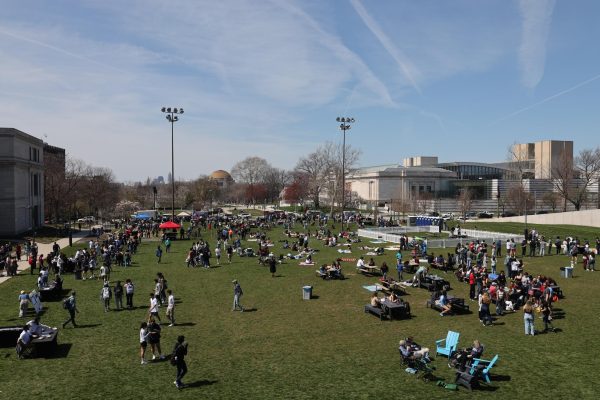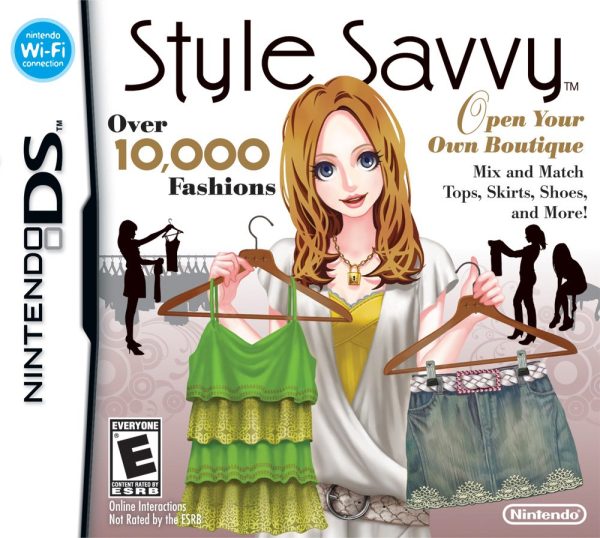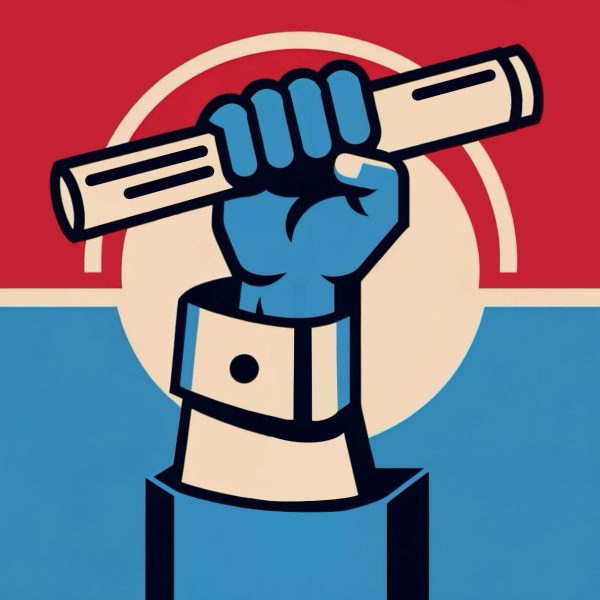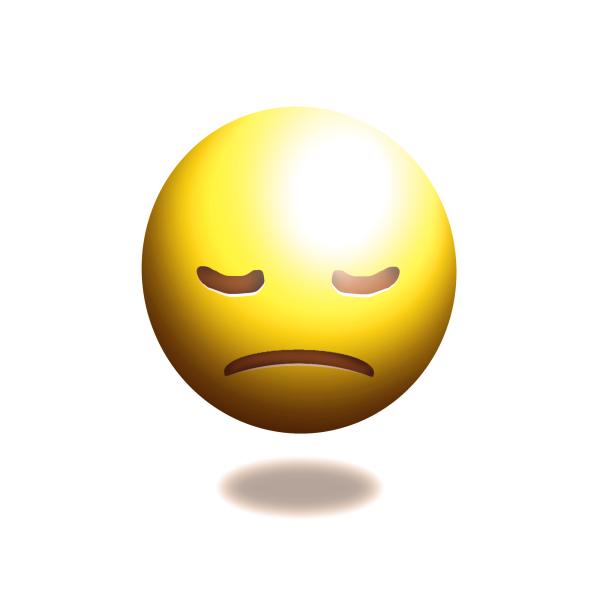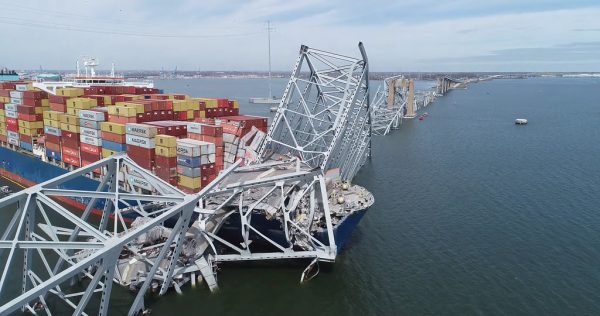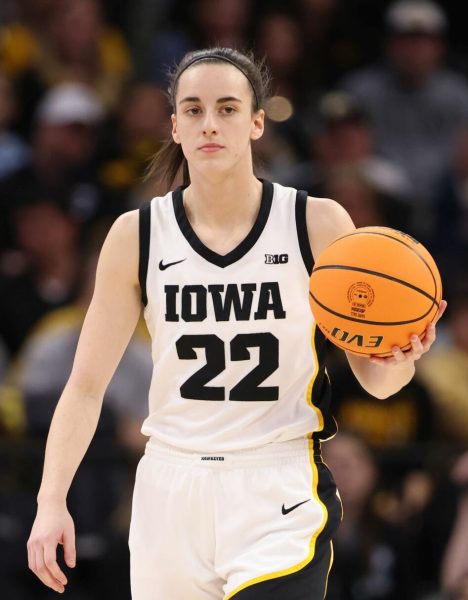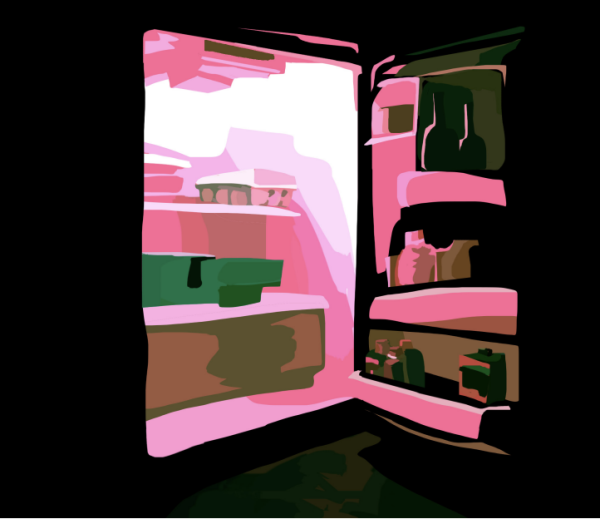Pan: Think beyond the bottle
February 1, 2019
Drip drop.
You hear the familiar patter of the world’s most precious resource dripping out of the tap as you wait impatiently for your reusable water bottle to fill up.
Tap water is a resource we often take for granted, sometimes opting for its pricier, less sustainable and less regulated counterpart: bottled water. At $9.47 a gallon, you could get a scoop of ice cream at Mitchell’s including tax and a free pretzel, three mochi from Dave’s Markets and have 30 cents left for the price of a gallon of bottled water.
“But isn’t bottled water safer? Cleveland water tastes weird,” you may whine. Surely, the water bottle brand Fiji would agree. In 2006, the company ran a full-page ad that stated “The label says Fiji because it’s not bottled in Cleveland.”
Provoked, the Cleveland Water Department ran tests comparing Fiji bottled water to Cleveland tap water and other brands like Aquafina, Dasani and Evian, discovering 6.31 micrograms of arsenic per liter in the Fiji water and immeasurable amounts in the other samples.
Although the US Environmental Protection Agency (EPA) asserts that water with up to 10 micrograms of arsenic per liter is still safe to drink, the lack of regulation of bottled water is concerning. The EPA regulates tap water under the Safe Drinking Water Act, but the Food and Drug Administration (FDA) tests bottled water and regards it as a lower health risk “food.”
The EPA’s maximum contaminant levels establish limits on tap water that the FDA does not have the luxury to implement. Furthermore, the FDA only requires bottle facilities to maintain water test records for only two years, compared to five to 10 years for public water systems, making it easier to destroy undesirable results.
Even if you are content consuming arsenic, have you considered the microplastics lurking in your single-use plastic bottle? According to a study conducted involving 250 bottles from nine countries, at the State University of New York in Fredonia, an average of 10 plastic particles wider than a human hair were found in every liter.
Though there is no evidence that ingesting such small pieces of plastic can be harmful, consuming larger amounts may have the unfortunate side effect of cancer, miscarriage or abnormal male sexual development.
“Water is water, is there even a difference anyway?” you may ask, and I’ll concede that may be so. In fact, 64 percent of bottled water has its origins in municipal tap systems. Water bottle companies like Nestle have privatized and depleted public water resources for profit. During a recent drought in California, the brand used water supplies from the state that would have served 2,200 households for a year.
Dismayed? Fortunately, you can avoid the cost and environmental and health risks associated with bottled water by switching to tap. If you are interested in raising awareness, consider joining Take Back the Tap (TBTT), sponsored by Food & Water Watch.
Case Western Reserve University’s chapter of TBTT hopes to raise enough money and awareness to implement more water bottle refilling stations on campus to reduce the need of single-use water bottles and to ensure every student on campus has a reusable water bottle.
Though TBTT has maintained a small, but active presence on campus, current coordinator and second-year student Claudia Jazowski plans to hold more events this semester to encourage students to drink tap water rather than buy expensive bottled water.
The author of this column helped to co-found TBTT in early 2018 with second-year student Diana Zavela.


















